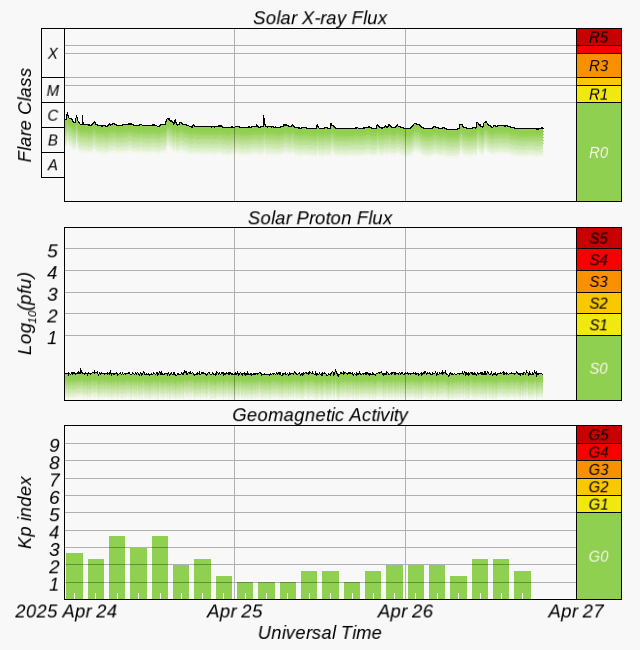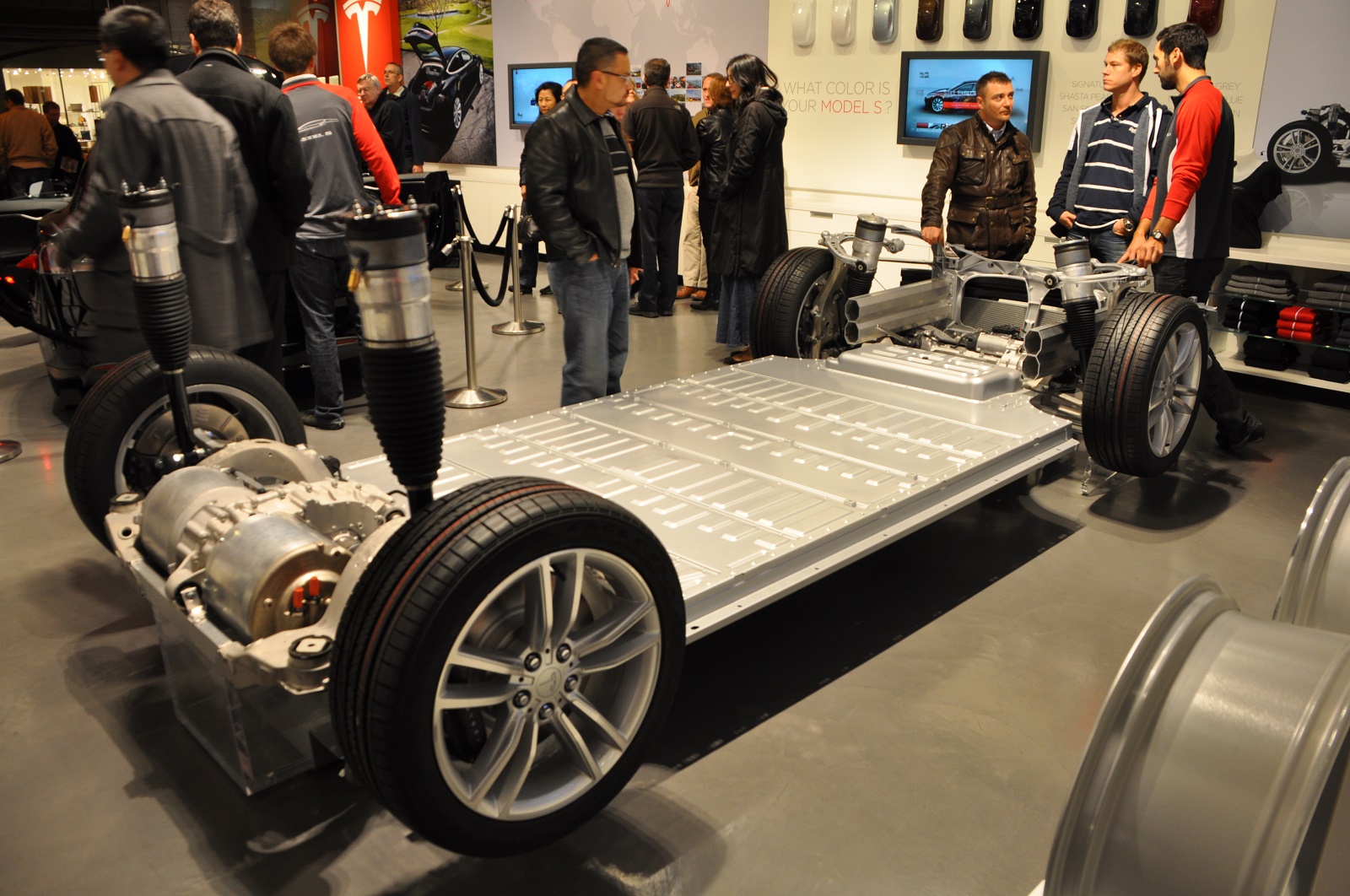
Another pillar of ‘settled’ climate science trembles. It’s described as ‘one of the largest uncertainties faced by climate scientists.’ Is there a list of these uncertainties somewhere?
– – –
The impact of atmospheric aerosols on clouds and climate may be different than previously thought, reports Phys.org.
That is the conclusion of cloud researcher Franziska Glassmeier from TU Delft. The results of her study will be published in Science on Friday, January 29th.
Cloud decks cover vast stretches of the subtropical oceans. They cool the planet because they reflect incoming sunlight back to space.
Air pollution in the form of aerosols—particles suspended in the atmosphere—can increase this cooling effect because it makes clouds brighter.
The cooling effect of pollution offsets part of the warming effect of greenhouse gases. How much exactly, is one of the largest uncertainties faced by climate scientists.
Ship tracks
A striking illustration of clouds becoming brighter as a result of aerosols, is provided by shipping emissions in the form of “ship tracks.” These are visible as bright lines within a cloud deck that reveal the paths of polluting ships that travel beneath the clouds.
“Such ship tracks are a good example of how aerosol effects on clouds are traditionally thought of, and of how they are still represented in most climate models,” says Glassmeier.
But according to the cloud researcher, ship tracks do not tell the whole story.
Continued here.







 Our northern neighbor’s wildfires are wreaking havoc on American air quality, and the Left is leaping to the usual conclusions.
Our northern neighbor’s wildfires are wreaking havoc on American air quality, and the Left is leaping to the usual conclusions. DOUGLAS ANDREWS
DOUGLAS ANDREWS








 Another climate job creation scheme gets launched at public expense. Not understanding the clear difference between climate and pollution issues is a poor start.
Another climate job creation scheme gets launched at public expense. Not understanding the clear difference between climate and pollution issues is a poor start.
 By Ronald Stein ~
By Ronald Stein ~ Biden’s “war on pollution”, will require worldwide transparency of supply chains, and environmental and labor protection laws and standards to control the environmental degradation and humanity atrocities occurring around the world from the mining in the foreign countries that dominate the supply chain of the exotic minerals and metals to support wind turbines, solar panels and EV battery construction.
Biden’s “war on pollution”, will require worldwide transparency of supply chains, and environmental and labor protection laws and standards to control the environmental degradation and humanity atrocities occurring around the world from the mining in the foreign countries that dominate the supply chain of the exotic minerals and metals to support wind turbines, solar panels and EV battery construction.



